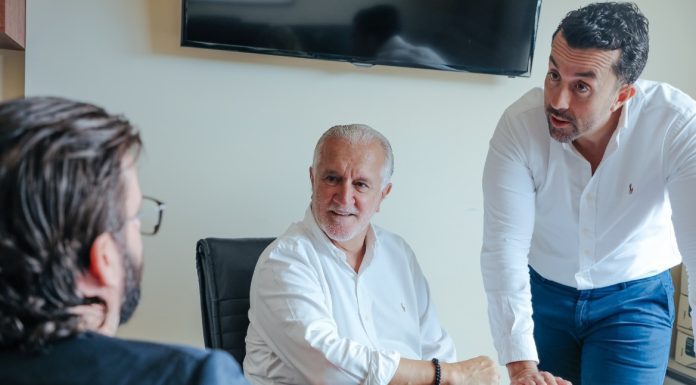Researchers from the Carnegie Mellon University (CMU) in Pittsburgh, Pennsylvania have successfully created the first full-size 3D bioprinted human heart model using their Freeform Reversible Embedding of Suspended Hydrogels (FRESH) technique.
Created from MRI data using a specially built 3D printer, the model realistically mimics the elasticity of cardiac tissue and sutures.
The FRESH technique of 3D bioprinting was invented by Adam Feinberg – the Arthur Hamerschlag Career Development Professor in the Departments of Biomedical Engineering and Materials Science and Engineering at CMU – to fill an unfilled demand for 3D printed soft polymers, which lack the rigidity to stand unsupported as in a normal print.
FRESH 3D printing uses a needle to inject bioink into a bath of soft hydrogel, which supports the object as it prints. Once finished, a simple application of heat causes the hydrogel to melt away, leaving only the 3D bioprinted object.
While the versatility and the fidelity of the FRESH technique have already been proven, the major obstacle to achieving this milestone was printing a human heart at full scale.
This prompted Professor Feinberg and his team to build a new 3D printer custom made to hold a gel support bath large enough to print at the desired size, as well as minor software changes to maintain the speed and fidelity of the print.
Professor Feinberg notes that major hospitals often have facilities for 3D printing models of a patient’s body to help surgeons educate patients and plan for the actual procedure; however, these tissues and organs can only be modelled in hard plastic or rubber.
His team’s heart is made from a soft, natural polymer called alginate, with properties similar to real cardiac tissue, enabling surgeons to create models that can cut, suture, and be manipulated in ways similar to a real heart.
Feinberg says their immediate goal is to begin working with surgeons and clinicians to fine tune their technique and ensure it’s ready for the hospital setting.
“We can now build a model that not only allows for visual planning, but allows for physical practice,” says Feinberg.
“The surgeon can manipulate it and have it actually respond like real tissue, so that when they get into the operating site they’ve got an additional layer of realistic practice in that setting.”
Eman Mirdamadi, lead author on the publication, says soft, biocompatible scaffolds like that created by the CMU team may one day provide the structure onto which cells adhere and form an organ system, placing biomedicine one step closer to the ability to repair or replace full human organs.
“While major hurdles still exist in bioprinting a full-sized functional human heart, we are proud to help establish its foundational groundwork using the FRESH platform while showing immediate applications for realistic surgical simulation,” he concluded.
Video: American Chemical Society YouTube channel




















